When you share your home with a furry friend, pet hair becomes an inevitable part of life. Yet, taming the tumbleweeds of hair and reducing the waste that comes with pet care doesn’t have to be an uphill battle. By incorporating a few simple strategies and tweaks to your daily routine, you can keep your home cleaner, your conscience greener, and your sanity intact. Here are 12 genius hacks to help you manage pet hair and waste around your home like a pro.
1. Set Up a Pet Cleaning Station
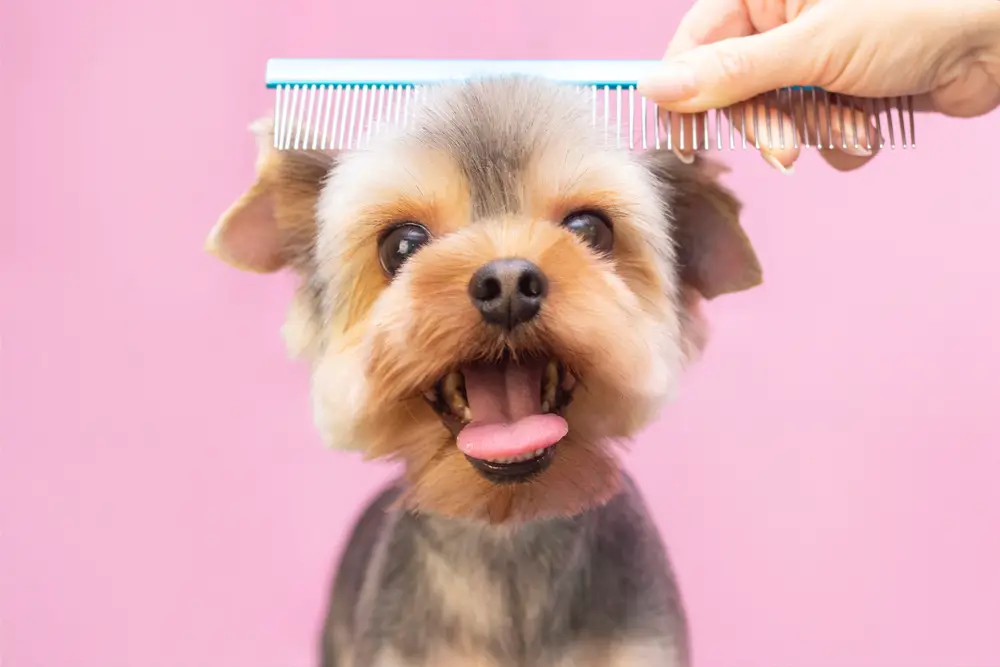
Creating a designated pet cleaning station near entryways can minimize the amount of dirt and hair your pet tracks inside. Stock it with essentials like towels, pet-safe wipes, and a brush to give your pet a quick clean after outdoor adventures. This simple setup not only reduces indoor messes but also helps maintain your pet’s hygiene. Plus, it establishes a routine that your pet will come to expect and cooperate with over time.
Think of this station as an investment in your home’s cleanliness. By catching dirt and loose hairs at the door, you save time and effort cleaning interior spaces. Regularly update and restock your cleaning station’s supplies to keep it efficient and welcoming. A well-maintained entryway station is a small but impactful way to manage pet-related challenges.
2. Create a Strict Pet Grooming Routine
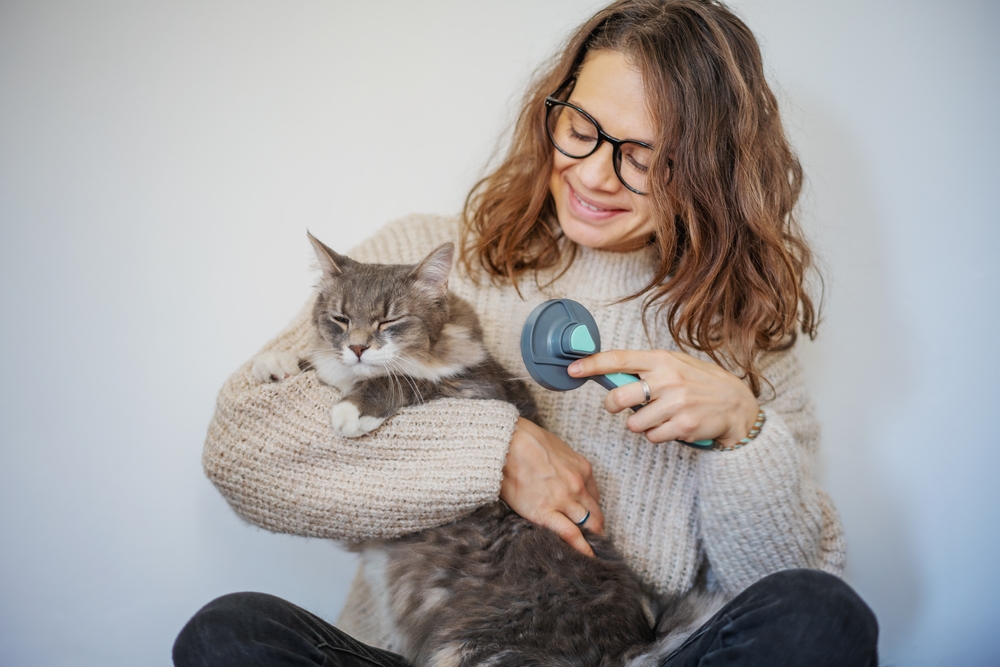
A consistent grooming routine can significantly reduce the amount of hair your pet sheds. Brushing your pet a few times a week minimizes loose fur and helps distribute natural oils for a healthier coat. Choose a brush that suits your pet’s fur type—slicker brushes work well for long-haired pets, while rubber curry brushes are great for short-haired breeds. Grooming also doubles as quality bonding time, making it a win-win for you and your pet.
Bathing is another crucial aspect of grooming that helps control shedding. Depending on your pet’s breed and lifestyle, aim to bathe them every few weeks or as needed. Use a pet-friendly shampoo to avoid skin irritation, and always rinse thoroughly to remove all product residues. Regular baths can loosen trapped hairs, making them easier to remove during brushing.
3. Keep Lint Rollers and Sticky Tape on Hand
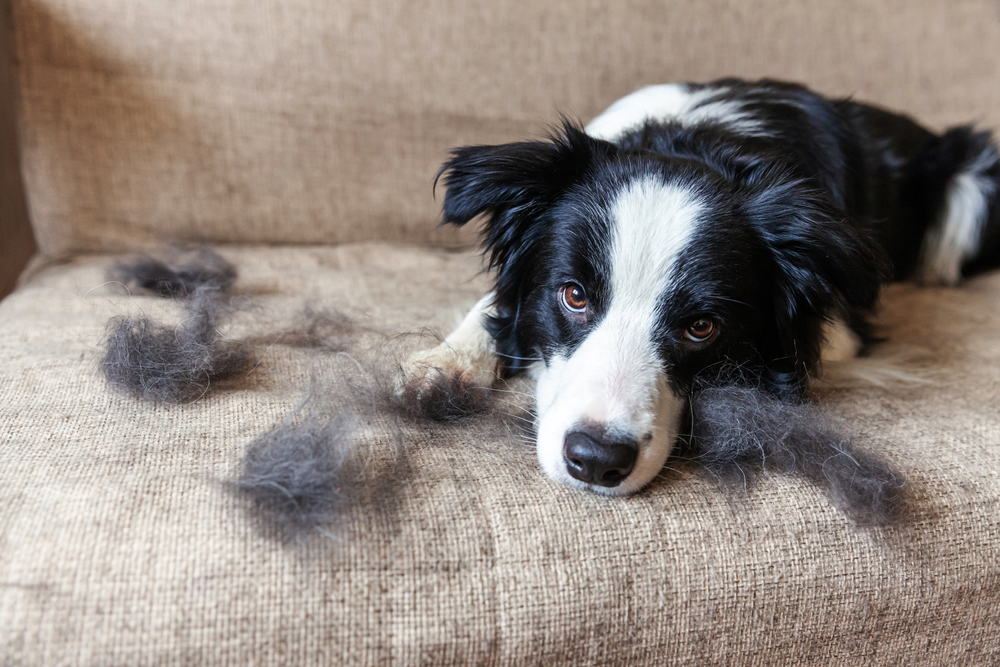
Lint rollers are a quick and effective solution for removing pet hair from clothing and furniture. Keep a stash in convenient locations like your car, closet, and living room to tackle hair on-the-go. In a pinch, wide sticky tape can serve as an impromptu lint roller—wrap it around your hand with the sticky side facing out and pat away the fur. The New York Times recommends this hack for its affordability and effectiveness, especially on tricky surfaces like lamp shades.
While lint rollers are handy, they’re not the most environmentally friendly option. Consider reusable alternatives, such as silicone rollers or washable lint brushes, to reduce waste. These tools work just as well and can be easily cleaned after use, offering a sustainable way to keep pet hair at bay. Transitioning to reusable products not only keeps your home tidy but also aligns with eco-conscious living.
4. Designate Pet-Free Zones

Designating specific areas as pet-free zones can significantly cut down on the amount of fur you find in unexpected places. Bedrooms and home offices are prime candidates for such zones, allowing you to enjoy at least a couple of hair-free sanctuaries. Training your pets to respect these boundaries might take some time, but consistency and the right incentives can work wonders. Use barriers like baby gates or closed doors to help reinforce these zones.
While it might feel restrictive to keep your pet out of certain areas, think of it as creating balance within your home. You’re not only managing fur distribution but also giving yourself spaces where allergens and messes are minimized. Plus, these zones can serve as safe spaces for guests who might be allergic or uncomfortable around pets. Remember, boundaries are about maintaining a harmonious living environment for everyone in your home.
5. Invest in a Good Air Purifier
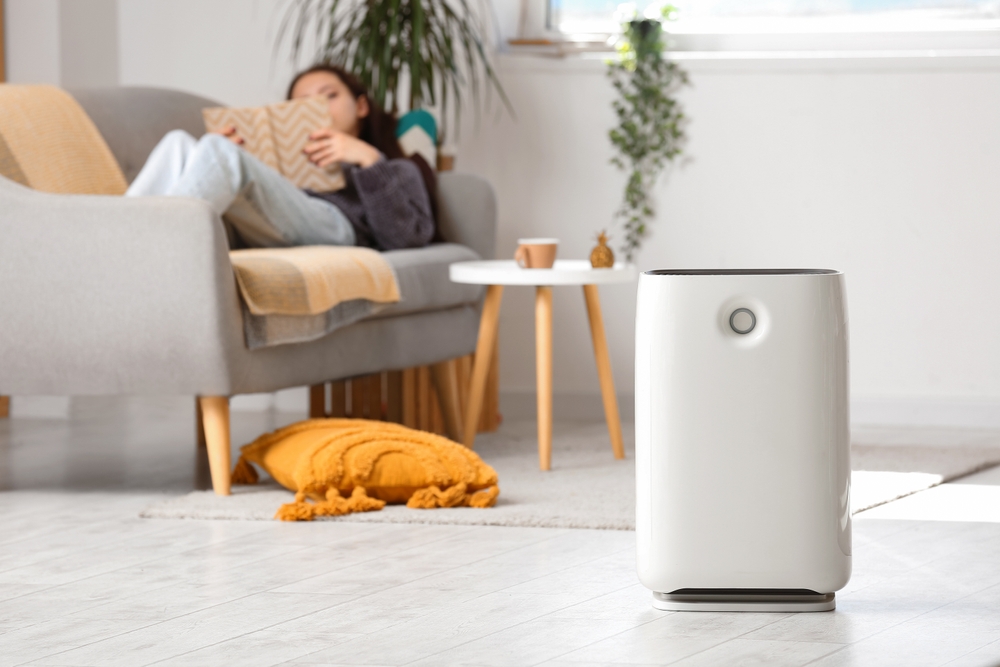
Air purifiers can be a game-changer in reducing airborne pet hair and dander. Opt for models with HEPA filters, as they are designed to capture the smallest particles, including pollen and pet allergens. A study by the American College of Allergy, Asthma, and Immunology found that HEPA filters can significantly improve air quality in homes with pets. Position air purifiers in frequently used rooms for the best results, and maintain them regularly by cleaning or replacing filters as needed.
Beyond addressing allergies, air purifiers contribute to a fresher-smelling home, especially if you have multiple pets. They’re particularly useful in homes with open floor plans, where pet hair can drift from room to room. While they won’t eliminate pet hair entirely, they play a crucial role in managing overall indoor air quality. With cleaner air, you’ll find your home more comfortable and inviting for both you and your guests.
6. Choose Pet-Friendly Fabrics

Choosing the right fabrics for your home can make a significant difference in managing pet hair. Opt for tightly woven materials like leather or microfiber, which resist fur accumulation better than loose-weave fabrics. These materials are also easier to clean with a quick wipe-down or vacuum. When shopping for new furniture or bedding, consider not just aesthetics but also practicality in a pet-friendly household.
While it’s tempting to go for style over substance, the reality of pet ownership means practicality often wins. Darker colors and patterns can help disguise pet hair between cleanings, keeping your space looking fresher for longer. Consider removable and washable covers for sofas and cushions to simplify cleaning. This way, you can enjoy stylish, pet-friendly interiors without the constant battle against fur.
7. Buy Sustainable Pet Products

Sustainable pet products offer an eco-friendly way to manage pet hair and waste. Look for biodegradable pet waste bags and grooming tools made from recycled materials. According to a report by the Natural Resources Defense Council, using eco-friendly products can significantly reduce your household’s carbon footprint. By choosing sustainable options, you’re not just reducing waste in your home but also contributing positively to the environment.
Beyond grooming tools, consider the types of toys and bedding you buy for your pet. Opt for products made from natural, renewable materials like hemp or organic cotton. These options are often more durable and free from harmful chemicals, benefiting both your pet and the planet. Embracing sustainability in pet care is a small step towards a more environmentally conscious lifestyle.
8. Wash Pet Bedding Regularly
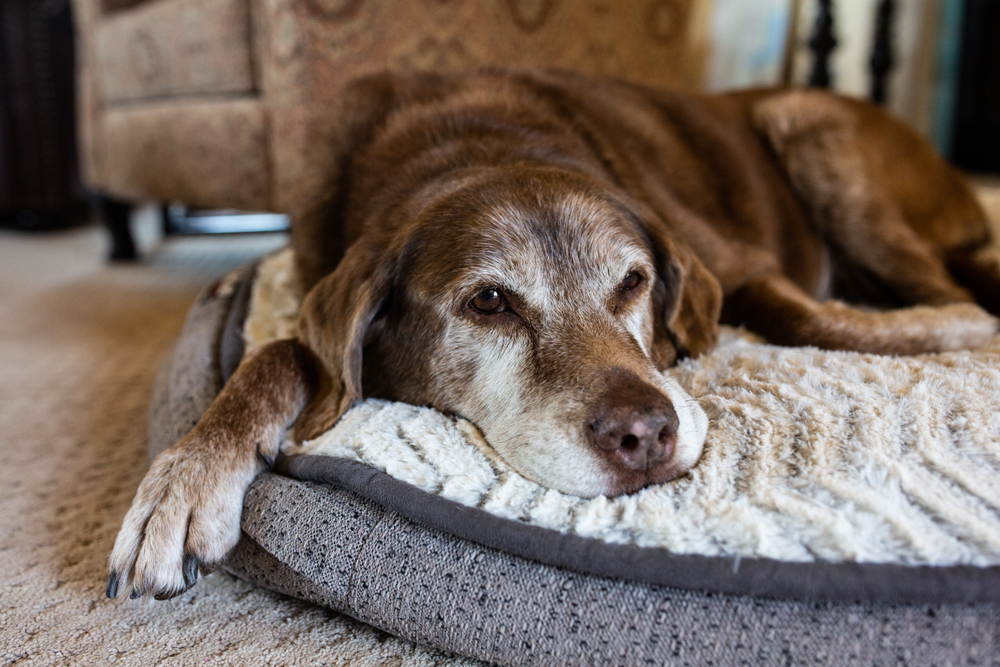
Regularly washing your pet’s bedding helps keep pet hair and smells under control. Aim to clean bedding every one to two weeks, or more often if your pet spends a lot of time outdoors. Use hot water and a pet-safe detergent to effectively remove hair and odors. Drying bedding thoroughly, preferably outside if possible, helps eliminate any lingering scents and gives the fabric a fresher feel.
When selecting pet bedding, consider options with removable covers that are easy to wash. Some pet beds even come with waterproof liners, which protect the inner material from moisture and debris. Regular cleaning extends the life of the bedding and ensures your pet has a comfortable and hygienic place to rest. Consistent upkeep of pet bedding is a simple yet effective way to manage hair and maintain a clean home.
9. Utilize Designated Pet Apparel

Pet apparel, like sweaters or shirts, can help catch shedding hair before it lands on your floor or furniture. This approach is particularly useful for pets with high-shedding coats or those who spend a lot of time indoors. Choose lightweight and comfortable options that won’t irritate your pet’s skin. Remember, the goal is to minimize shedding, not to overheat or discomfort your furry friend.
When selecting apparel, prioritize function over fashion. Ensure the clothing is easy to put on and take off, and that it withstands regular washing. Pet apparel should fit well, allowing your pet to move freely without any restrictions. Integrating designated clothing into your pet care routine offers an extra layer of protection against hair accumulation in your home.
10. Employ a Furminator During Shedding Seasons
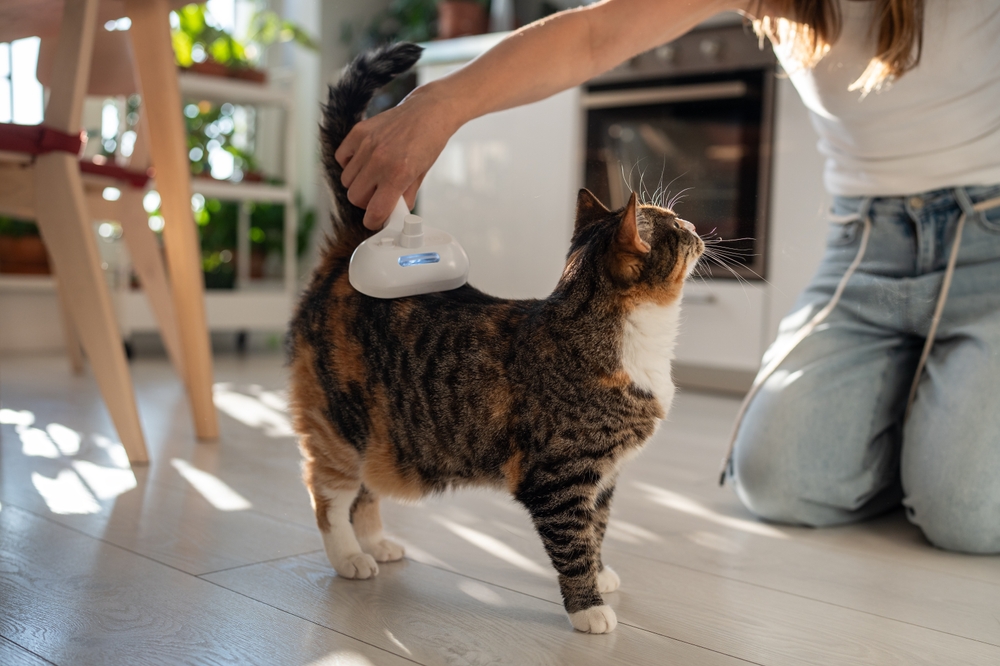
The Furminator is a specially designed grooming tool that excels in removing loose undercoat hair. It’s particularly handy during peak shedding seasons, like spring and fall, when your pet naturally sheds more. Regular use of a Furminator can prevent excess hair from littering your home and reduce the risk of mats forming in your pet’s fur. Just a few minutes of grooming with this tool can significantly decrease the amount of fur flying around.
While the Furminator is effective, it’s important to use it correctly to avoid irritating your pet’s skin. Follow the manufacturer’s instructions and avoid applying too much pressure. Incorporate it into a broader grooming routine that includes bathing and regular brushing. This multi-faceted approach will keep your pet comfortable and your home cleaner.
11. Invest in a High-Quality Vacuum Cleaner

When tackling pet hair, a high-quality vacuum cleaner is your best ally. Look for models specifically designed for pet owners, as they often feature stronger suction, specialized attachments, and filters to capture allergens. According to Consumer Reports, vacuums with HEPA filters are particularly effective at trapping tiny particles and preventing them from recirculating into the air. A good vacuum might be a pricier investment upfront, but it pays off in cleaner air and fewer hair battles in the long run.
Regular vacuuming helps keep hair under control, but your approach matters as much as your equipment. Set a schedule that suits your lifestyle, aiming for at least twice a week or more if your pet sheds heavily. Tackle high-traffic areas and favorite pet hangouts first, and don’t forget to vacuum your furniture and upholstery too. Consistency is key; the more often you vacuum, the less time pet hair has to accumulate.
12. Keep Up Regular Vet Checkups

Regular vet checkups are crucial for your pet’s overall health and can indirectly influence shedding patterns. Veterinary guidance ensures that your pet’s diet, grooming, and health care are optimized to reduce excessive shedding. Conditions like skin allergies or nutritional deficiencies can exacerbate shedding and require medical attention. Keeping up with vet appointments helps catch potential health issues early and keeps your pet’s coat in top condition.
Healthy pets tend to shed less, making routine vet visits a worthwhile investment in managing pet hair. Discuss any shedding concerns with your vet, who can offer targeted recommendations and treatments if necessary. A balanced diet, proper hydration, and appropriate supplements can further support your pet’s skin and coat health. By taking a proactive approach to health care, you’re working towards a cleaner home and a happier pet.
